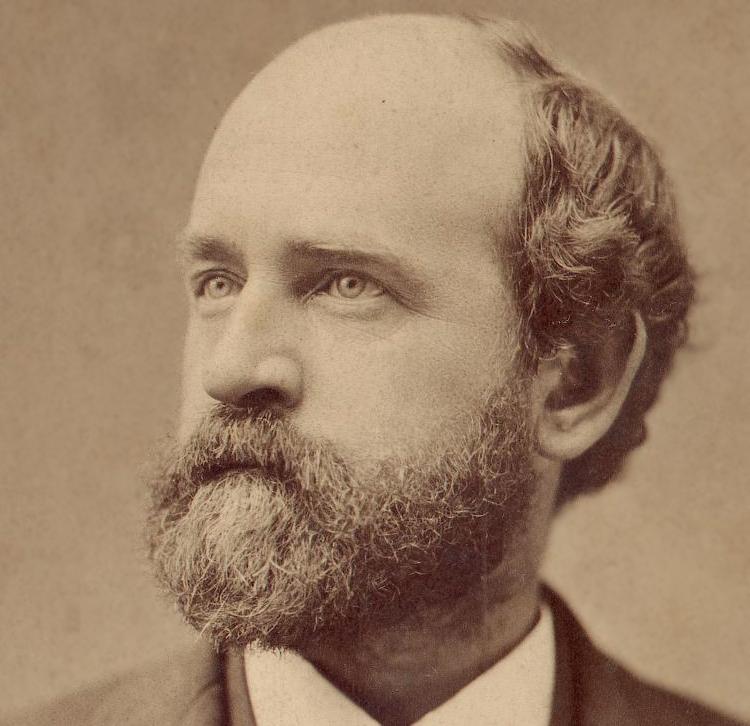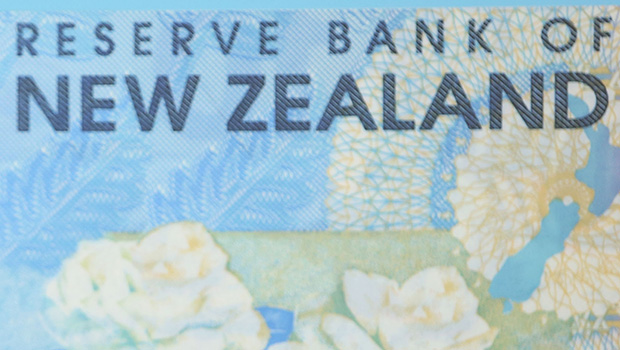 Designing a new economy has major challenges politically. We want two major changes that actually aren’t politically realistic in the current world where eight individuals own as much wealth as the poorest 50%. There is too much concentrated power.
Designing a new economy has major challenges politically. We want two major changes that actually aren’t politically realistic in the current world where eight individuals own as much wealth as the poorest 50%. There is too much concentrated power.
If we want monetary reform it is unavailable at national level because there are simply too many bank lobbyists in the world’s capitals who are spending far too much for any public interest lobbyists to match. Then again, if we want to replace
Then again, if we want to replace income tax with land tax, forget it. Not a goer either from a practical political viewpoint. No self respecting politician will touch it if taxing land reduces its market value and threatens a politician’s votes.
What about getting a Basic Income and replacing the intrusive welfare system? Well that depends on how you would fund it. The problem is most of the current solutions are a drag on the economy. You must not fund it from GST which is regressive or from income tax which is a drag on the economy.You must fund it by sharing the rent on land and other monopolies.
Well where do we go then? You have painted a dismal picture.
Most respond by saying “Oh well bring A or B in gradually”. That takes ages and moreover when A is implemented it affects B and C. So the idea of just imposing a 1% land tax and bringing it up gradually is quite impractical. We have to think in terms of whole systems. It is a whole system shift we need. Redesign the political economy from scratch.
The fact of the matter is that we must be politically savvy to come up with a solution. Many economists might agree that land tax is the most logical tax, but unless they are standing for office, they don’t have to face the public. It is one thing to be an economist and another to be a politician. Victoria University’s 2010 Tax Working Group which was stacked with economists from many government departments as well as consultants and academics, proposed a land tax. Did the government listen? Not that I can recall. I don’t remember their recommendations on land tax being discussed in the public arena for more than a day.
What about Positive Money and all its followers saying that money should be spent into existence not lent into existence? They make a very good case, you can’t fault it. And yes, the British Parliament took it seriously enough to have a parliamentary debate. But do you believe it will go further? You only have to read Nomi Prins book ‘All the Presidents Bankers’ to get an idea how close presidents have been to the big bankers for over a century. Hilary Clinton’s campaign was funded by investment bankers and Trump has six Goldman Sachs bankers in his cabinet. He has already moved to get rid of the weak regulations they now have.
When considering the political feasibility of putting in the idea of Michael Kumhof and Jaromir Benes’ Chicago Plan Revisited, a plan making bank debt illegal, Lietaer, Arnsperger, Goerner and Brunnhuber listed five reasons for not recommending it.[1]
“1.Replacing a monoculture with a monoculture is not the way to generate diversity in exchange media.
2. While it is true that a Chicago Plan reform would eliminate risk of widespread banking crashes and of sovereign debt crises, there would still be monetary crises.
3. If governments were the only ones in charge of creating money there might be a risk of inflation. Such a risk is real and demonstrated in 2009 by the hyperinflation crippling the Zimbabwean dollar after President Mugabe instructed the central bank to print its currency by the trillions.
4. The fourth reason can be summarised as ‘political realism’. Any version of the Chicago Plan will be fought to the death by the banking systems because it threatens both its power base and its business model. Even after the excesses triggering the 2007-8 collapse, or in the middle of the Great Depression of the 1930s, the banking lobby managed to deflect the implementation of any significant changes. In 2010, for every elected official in Washington, there were three high-level lobbyists working full-time for the banking system. The financial services industry including real estate spent $2.3 billion on Federal campaign contributions from 1990 to 2010, which was more than health care, energy, defence, agriculture and transportation industries combined.” (In USA, according to Gar Alperovitz, in 2010-11 the FIRE section (finance, insurance, real estate) section spent nearly $1 billion in lobbying against bank regulation.)
“5. The final argument is about risk. Nationalising the money creation process cannot be done on a small pilot scale. It must be implemented on a massive, national scale or, in the case of the euro, a multinational scale. Any change always involves the risk of unintended consequences. Logically, large scale change involves greater risk.”
 Yes, there is a way to go. The ideas came from the permaculture teachers in our new economics movement. Reform the very structure of governance to give quite substantial powers to local government, turn governance upside down as well and then we might have a chance. The centralised governance structure must be replaced with distributed governance. Then we need to rethink the powers given to or claimed by local governance. In fact central government is not going to give very local government big powers like money creation, land ownership or revenue raising power, so they have to claim it themselves. This is where rebellion must be focussed.
Yes, there is a way to go. The ideas came from the permaculture teachers in our new economics movement. Reform the very structure of governance to give quite substantial powers to local government, turn governance upside down as well and then we might have a chance. The centralised governance structure must be replaced with distributed governance. Then we need to rethink the powers given to or claimed by local governance. In fact central government is not going to give very local government big powers like money creation, land ownership or revenue raising power, so they have to claim it themselves. This is where rebellion must be focussed.
So we have proposed spending money into existence at the very lowest level of government (in New Zealand that would be the Community Board). That money will gradually buy up land. The Community Board would then receive land rent from the property holder and pay the rates (local taxes) of that property holder. This process happens gradually, while closely monitoring inflation. If there is a sign of inflation, the rate of decay of money can be adjusted or the money spent at a higher level of governance.
So the Community Board claims the right to issue money, to buy land with that money, to receive public revenue. It could also impose certain resource rents to be determined.
With the growing revenue from land rent the Board would be able to distribute regular Citizens Dividends and build and maintain essential infrastructure.
There would have to be participatory budgeting so that the balance between infrastructure and dividends was maintained and the public was behind the Board.
Now if we are going to reclaim the right to issue money, we might as well design it properly while we have the chance. It is there we look to history and read Bernard Lietaer. He cites a period of 2000 years of a decaying Egyptian currency which had huge social, educational and economic benefits, 200 years of European currencies in the central middle ages that resulted in an age of prosperity, equality, high education and more leisure and finally a period in 1932-3 in a small Austrian town during the Great Depression. Each of these had a decaying currency, much as goods decay.
So the new money would be designed to decay. In practical terms, it would keep its face value but attract a regular payment to keep it valid. The local Board would develop a more equal relationship with its local Council who would inevitably end up accepting the new currency for rates. This would eventually pass on to central government who would have to accept it for taxes.
So what we propose is a new currency that soon is accepted by central government for taxes. This means it is a new national currency. They way this works out is that each local board keeps its currency from inflation so all are on a par. They flow into a stream that flows into a river towards central government.





